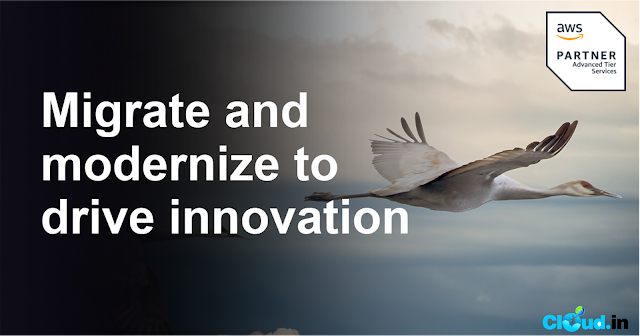Cloud computing spending continues to rise – and once apps have moved to the cloud, they tend to stay there.
Tech analyst Gartner is predicting that spending on public cloud computing services will grow 20.7% in 2023 to $591.8 billion – up from the $490 billion predicted for 2022, which Gartner says represents a growth rate of 18.8%.
The world, arguably, has become a trickier place to predict these days with so many concurrent global events happening. Amazon's latest forward-looking statement lists COVID-19, exchange rates, geopolitical tensions, recession, inflation, interest rates, global labor shortages and supply chain issues, world events, the rate of growth of the internet, e-commerce and cloud as factors impacting its guidance.
Gartner's analysts offer an outlook for public cloud spending, which reflects some of this uncertainty.
"Current inflationary pressures and macroeconomic conditions are having a push and pull effect on cloud spending," Sid Nag, vice president analyst at Gartner, said in a press release.
"Cloud computing will continue to be a bastion of safety and innovation, supporting growth during uncertain times due to its agile, elastic and scalable nature."
Amazon last week reported AWS revenue growth slowed in the third quarter to 27.5%. It missed analysts estimates and was the slowest year-on-year growth since 2014. AWS was launched in 2006. Microsoft Azure and other cloud services revenue growth for Q1 fiscal 2023 was up 35%. Microsoft doesn't break out numbers specific to Azure.
Microsoft Azure and Google Cloud are slowly taking share from AWS, but AWS is still the giant in public cloud, with 38.9% share of worldwide revenues in 2021, according to Gartner. Microsoft has a 21.1% share, followed by Alibaba at 9.5% and Google at 7.1%.
Gartner's current forecast for public cloud spending includes cloud business process services (BPaaS), cloud application infrastructure services (PaaS), cloud application services (SaaS), cloud management and security services, cloud system infrastructure services (IaaS), and desktop-as-a-service (DaaS).
The biggest categories are SaaS, IaaS, and PasS. Gartner forecasts 23.2% growth for PaaS and 16.8% for SaaS in 2023, but it also sees challenges from inflation and hiring.
"Cloud migration is not stopping," said Nag. "IaaS will naturally continue to grow as businesses accelerate IT modernization initiatives to minimize risk and optimize costs. Moving operations to the cloud also reduces capital expenditures by extending cash outlays over a subscription term, a key benefit in an environment where cash may be critical to maintain operations.
"Higher-wage and more skilled staff are required to develop modern SaaS applications, so organizations will be challenged as hiring is reduced to control costs. But since PaaS can facilitate more efficient and automated code generation for SaaS applications, the rate of PaaS consumption will consequently increase."
Nag still sees spending on public cloud rising despite growth, profitability and competition pressures. There's also an element of lock-in, not to a specific vendor but by shifting workloads to the cloud, after which they are unlikely to move back to on-premise systems.
"Once applications and workloads move to the cloud they generally stay there, and subscription models ensure that spending will continue through the term of the contract and most likely well beyond. For these vendors, cloud spending is an annuity – the gift that keeps on giving," said Nag.
Courtesy: zdnet.com


%20(1).png)
No comments:
Post a Comment